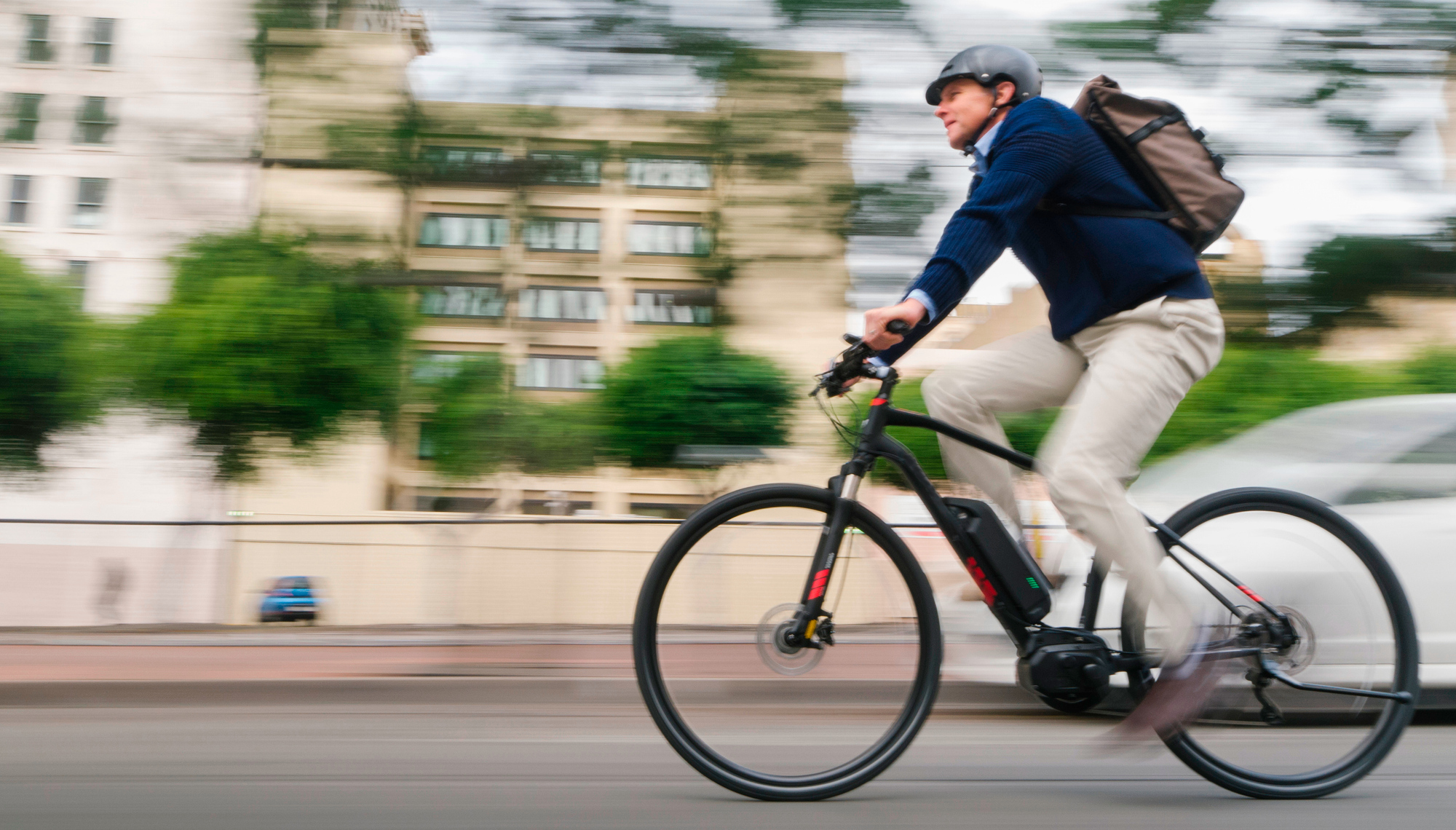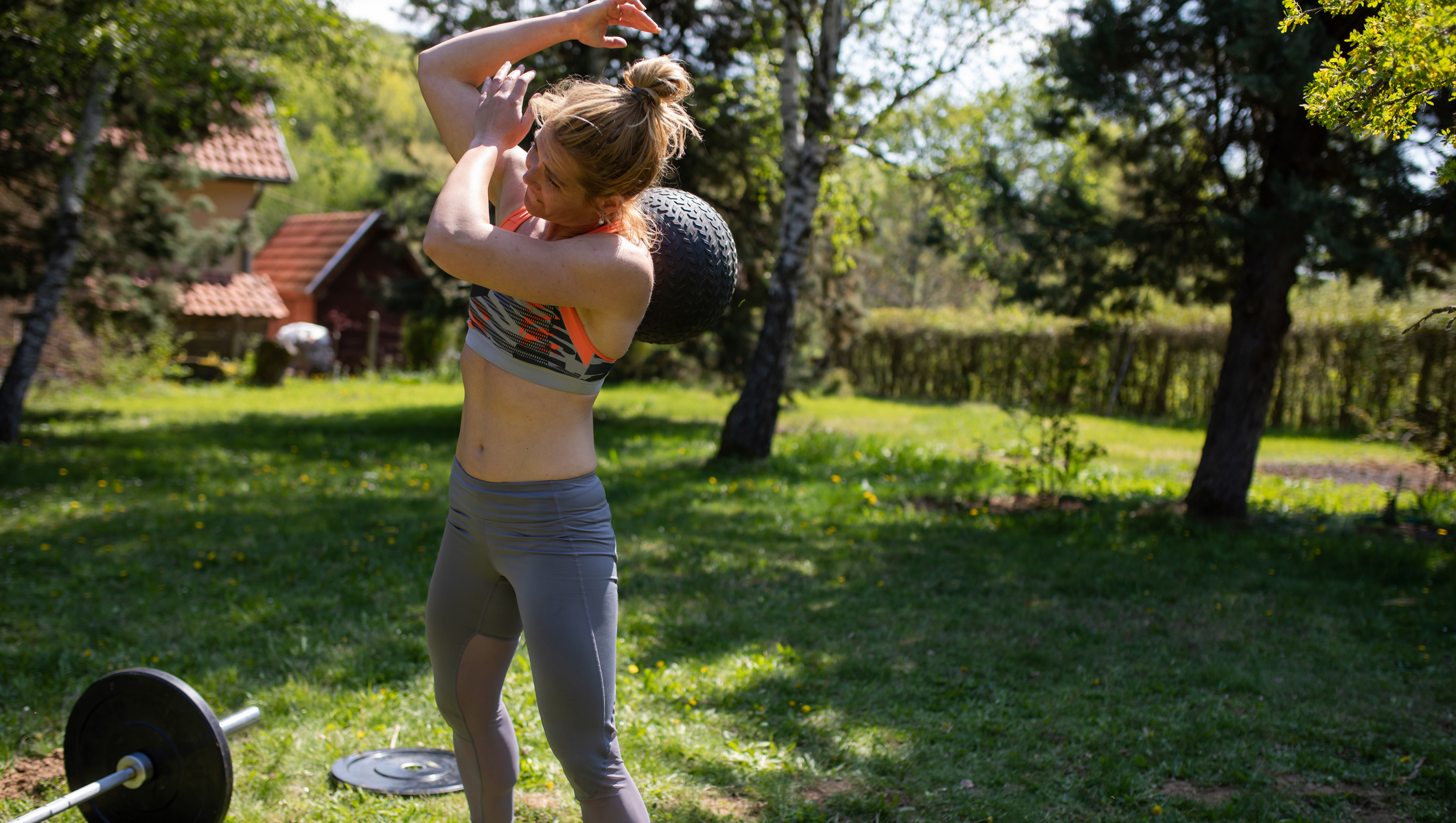Six SkiErg Workouts To Make You Love/Hate This Effective Cardio Machine
The Nordic-style SkiErg is every trainer’s favourite new torture device. Here’s how to stay in pole position

If your experience of skiing has largely been restricted to sitting on a ski lift up a mountain then whizzing back down straight into a bar, it might surprise you to learn just how good Nordic skiing is for your fitness. There is a good case for calling Nordic skiing – also known as cross-country skiing – the toughest endurance sport, and VO2 max measurements of elite athletes have often seen XC skiers appear near the top of the rankings.
In short, Nordic skiing provides a fantastic workout – and the SkiErg allows you to do it without a snowflake in sight. We’ve got six SkiErg workouts for you to try below, but first here’s Paddy Coleman, one of the head trainers at London studio Core Collective, with more info on the machine.
What are the benefits of exercising on the SkiErg machine?
The SkiErg is great for improving your cardiovascular endurance. You can work both anaerobically and aerobically, depending on the length of time you’re working for. You’ll also develop your muscular endurance as well. It is a full-body movement, combining a hip hinge and a pull movement.
How would you use it differently for anaerobic cardio endurance compared with aerobic?
You improve your anaerobic threshold with explosive, short, sharp bursts, as in the Tabata timeframe of 20 seconds on, 10 seconds off – or 30/15, or 40/20.
Longer work periods – two- or three-minute blocks – at a slower pace taps into more aerobic cardio.
Do people jump on and do 30 to 40 minutes like with other cardio machines?
You could do that, but it’d be a lot more challenging thanks to being in a standing position throughout and having to use your entire body. Slowly work your way up to those longer endurance-based workouts. Some of the trainers here, if they’re trying to build their base cardio, they’ll work in 20-minute slots and might break that down into intervals of six minutes with 30-second breathers.
How can people improve their SkiErg technique?

Start with a full extension of your arms, and make sure you retract your shoulder blades and engage your lats. The initial movement comes from the hinge of your hips. Then use your lats and arms to drive the handles down past your hips and lower into a quarter squat position, just to get an extra little use of the legs at the end of the movement.
Is there any particular risk of injury with the machine?
The SkiErg is very low-impact. The only thing I would say is if you are prone to issues with your shoulders, you need to be strict with the pull movement. There are two methods of doing it, and at Core we prefer the method that works in the vertical plane – straight up, straight down. You will see some people arc their arms out to the side as they go down, which they say may generate a little bit more power, but you have to be quite careful because the internal shoulder muscles are prone to getting injured through that type of arcing movement.
Get the Coach Newsletter
Sign up for workout ideas, training advice, reviews of the latest gear and more.
SkiErg Workouts
1. Sprint, then “rest”
To add volume without form failing, keep bursts short. Do a 30-second ski sprint, then “rest” for 90 seconds. Why is “rest” in quotes? Because you’ll do one burpee in the first rest, two in the second… and so on up to 15.
Why? “A good all-round efficient ass-kicking with an added mental test because the deeper you get, the more work you have to complete,” says trainer Steve Kowalenko (virtus-strength.com). “The ‘rest’ period starts to get eaten up quickly towards the end.”
2. Use drop sets
The 500m is a classic distance on the rower and SkiErg – it builds power and endurance. Aim to ski it in two minutes, rest for 90 seconds, then do your next set in 1min 58sec. Keep shaving two seconds off your time until you can’t any more.
Why? You’ll build work capacity and movement efficiency without sacrificing speed. In this format, every effort ends in failure – but how long you can hold on is a test of sheer mettle.
3. Find a friend
“One of you will do 250m on the Erg while the other holds a barbell overhead,” says Kowalenko. “Swap, then repeat – so you both do both parts three times.” This drill’s sometimes known as “crack pipe”. Don’t ask why.
Why? “The harder you work, the quicker the hold is over for your partner – and it’s a tough position when you’re recovering. The more you can control your breathing in a compromised position, the better off you’ll be.”
4. Add some incentives
First, pick a movement – squats, burpees, press-ups or jump lunges. Now set the distance to 5,000m and get going. Every minute, jump off and do five reps. Then get back to the grind.
Why? “This can get bad very quickly,” says Kowalenko. “The longer it takes you to get off and complete the movement, the less time you’ll have to ski. The longer this takes, the more reps of the movement you’ll do. There is no hiding from this one!” Have fun.
5. Go all out for 100m
It’s the gold standard in sprinting. You’ll go faster if you’re heavier – World’s Strongest Man Eddie Hall did it in 13.1 seconds – but good technique will take you a long way. Think big pulls, bent knees, full body.
Why? All-out bursts of anaerobic effort will improve recruitment of your fast-twitch fibres as well as burning fat – ideal if you’re aiming to carve yourself into shape. Do six 100s, with 90-second rests, trying to keep your speed consistent.
6. Head straight to hell
It doesn’t even need to freeze over. “Do 500m, then rest for the same time you skied for,” says Kowalenko. “Repeat with 400m, 300, 200 and finally 100, keeping the 1:1 work/rest ratio going.” Spoilers: it doesn’t get easier.
Why? “Partial recovery after an all-out effort gives you a crushing cardio power endurance workout if you truly go as fast as you can each interval,” says Kowalenko. Plus, because you have less distance, you can keep up the intensity. Maybe.

Nick Harris-Fry is a journalist who has been covering health and fitness since 2015. Nick is an avid runner, covering 70-110km a week, which gives him ample opportunity to test a wide range of running shoes and running gear. He is also the chief tester for fitness trackers and running watches, treadmills and exercise bikes, and workout headphones.
- Joe WarnerFormer editor of Men’s Fitness UK









